GUÁNICA, P.R. — Nearly two months after an earthquake sent the population of southwest Puerto Rico rushing into the streets, thousands of people are still slumbering each night under camping tents, on cots, in their cars and in enormous open tents that serve as government shelters.
Long after a 6.4-magnitude earthquake sent powerful shock waves across the island on Jan. 7, the ground continues to shake. Over the past week, 43 earthquakes classified as “significant” have struck, according to the Puerto Rico Seismic Network, part of a prolonged and terrifying series of seismic events not seen on the island since 1918. A house in the town of Guánica recently collapsed after a fresh 3.8 magnitude temblor.
And while most of the recent aftershocks have been relatively mild — only five over the past week exceeded 3.5 in magnitude — the cumulative damage and constant rattling have left many Puerto Ricans with their confidence deeply shaken.
Hundreds of families are unable to pay for repairs to their ravaged homes. Others are unwilling to trust government inspectors’ assurances that their houses are safe.
“I expected to be relocated to a trailer or a hotel,” said Pedro A. Ramírez, a 65-year-old war veteran who was still staying last week in a government shelter in Guánica with his wife, daughter and two grandchildren. “I am not expecting them to give me a house. But the only way to get assistance for food is by being here, so they force you to be here. It’s a trap.”
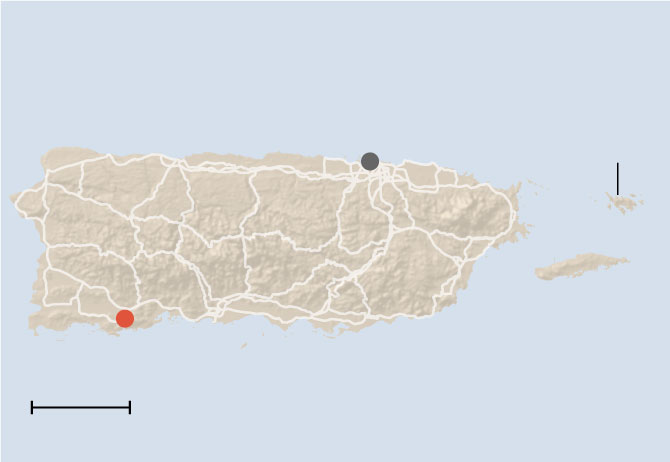
The number of earthquake survivors still living outdoors has surfaced as a tricky challenge for local and federal agencies that are struggling to find housing on an island where more than 8,000 homes are in need of an overhaul as a result of the temblors.
More than two years after Hurricane Maria brought devastation that in some places has still not been repaired, emergency management officials facing the latest natural disasters appear to lack cohesive strategies to keep survivors safe and are improvising as they go along, according to a number of local officials, legal advocates and academic analysts who are watching the response.
“If they learned anything from Hurricane Maria, they are not making it apparent,” said Yarimar Bonilla, an anthropologist at Hunter College who has spent extensive time in the camps. “Maybe they learned that they don’t have to do anything and people will sort it out, because that’s what they are doing.”
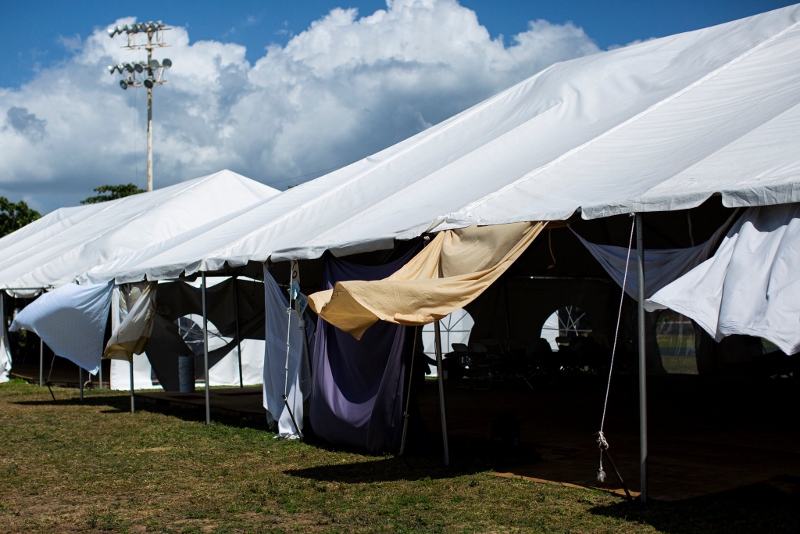
Erika P. Rodriguez for The New York Times

Erika P. Rodriguez for The New York Times
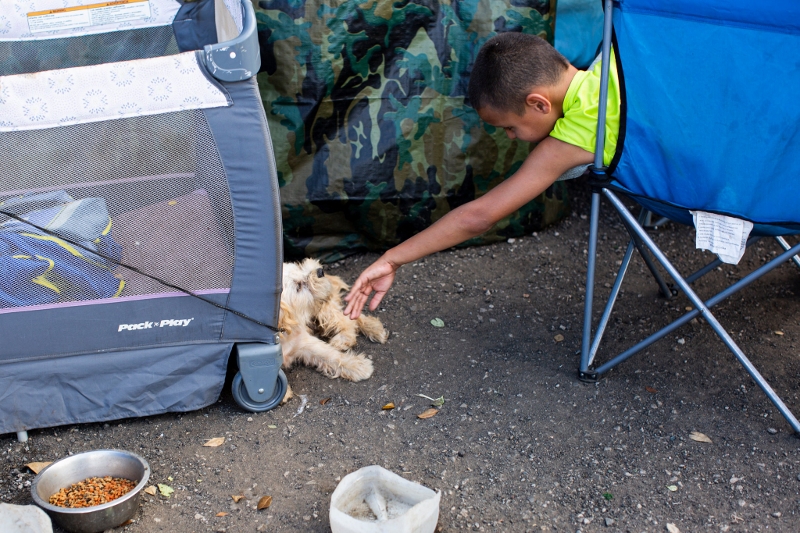
Erika P. Rodriguez for The New York Times
Shelters were located in flood-prone areas, causing some of the dormitory-style tents to be flooded with mud, and more than 150 schools have yet to reopen. Distrust of the government prompted many people to set up their own camps along busy roads rather than use shelters managed by the authorities.
Mr. Ramírez and his family stayed under a large, three-sided tent provided by the island government. He and his wife took turns keeping watch over their salvaged belongings while they waited to find out whether the Federal Emergency Management Agency would offer enough disaster aid to repair their damaged home. When their 12-year-old grandson had to go to the bathroom, Mr. Ramírez accompanied him: a registered sex offender from his neighborhood was also staying at the shelter.
After almost two months, the family finally gave up on waiting for federal assistance and went to a relative’s house.
“My granddaughter is asthmatic and spent the whole time at the camp coughing,” Mr. Ramírez’s wife, Nancy Santiago, said.
Out of the roughly 8,300 houses that were damaged in the Jan. 7 earthquake, about 2,500 are uninhabitable, according to the Puerto Rico Department of Housing.
The Federal Emergency Management Agency has so far allocated $20 million to about 8,500 applicants, most of that for home repairs and some to pay for rent. More than 30,000 people applied.
But government officials insist that at least half of the people sleeping under the stars are responding not to structural damage to their homes, but to the emotional strain of frequent tremors. There were more than 3,000 quakes within about 20 miles of the epicenter of Puerto Rico’s quake in January alone, according to the Puerto Rico Seismic Network.
The U.S. Geological Survey said the aftershocks will continue for “years to decades” and that there is up to a 30 percent chance of an aftershock as big as the Jan. 7 quake.
“Fear is the greatest enemy we have right now,” said Elizabeth A. Vanacore, a seismologist at the University of Puerto Rico.
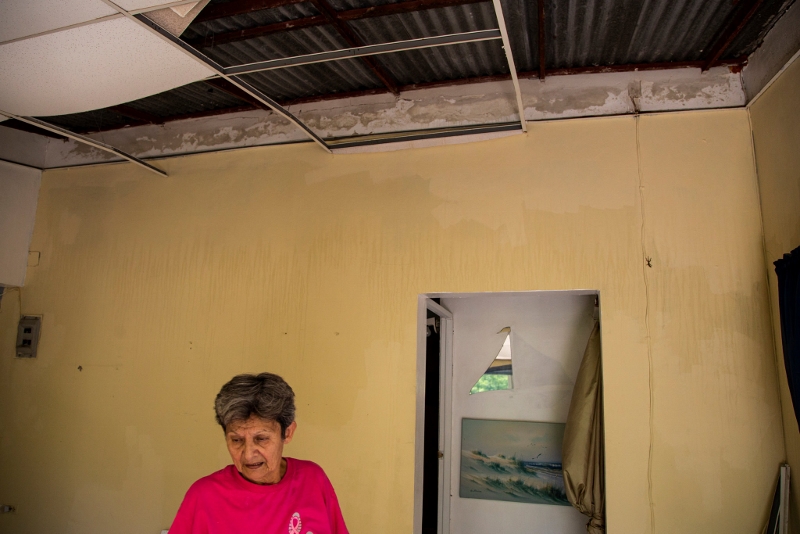
Erika P. Rodriguez for The New York Times
Calls to the island’s suicide hotline have soared to up to 1,600 a day, according to the government mental health agency.
“It keeps shaking and the cracks in the house open even more,” said Edel Santiago, 39, who set camp in a parking lot with his wife, son and 73-year-old mother, who has Alzheimer’s disease.
He said his family was one of many who were denied aid because their homes were certified as safe, a ruling he disagreed with.
“They certified my house as green, even though it has big, ugly cracks,” Mr. Santiago said. “The guy from FEMA said I could not live there, then another inspector came and put a green sticker on it.”
FEMA sent inspectors to nearly 30,000 homes and gave green armbands to any shelter resident whose house passed, though they were still allowed to remain at the shelter. People who disagree with the safety assessment on their house are being offered money to hire structural engineers, said Alex Amparo, FEMA’s coordinator in Puerto Rico.
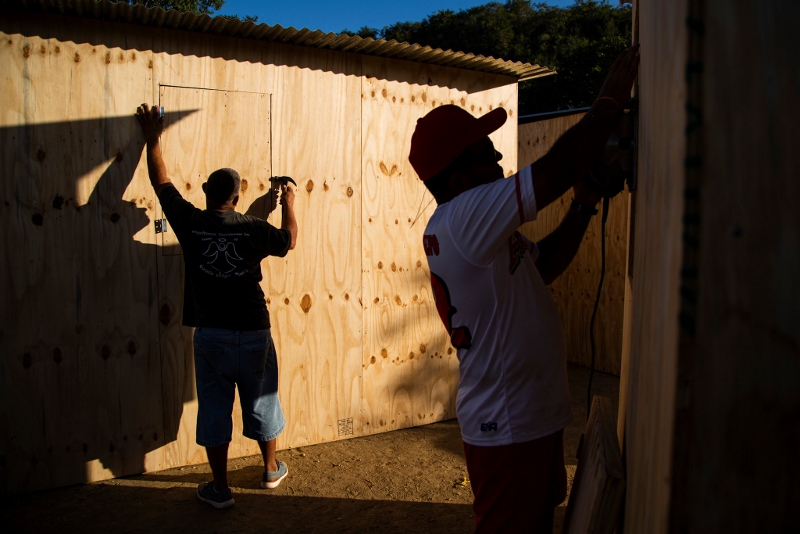
Erika P. Rodriguez for The New York Times
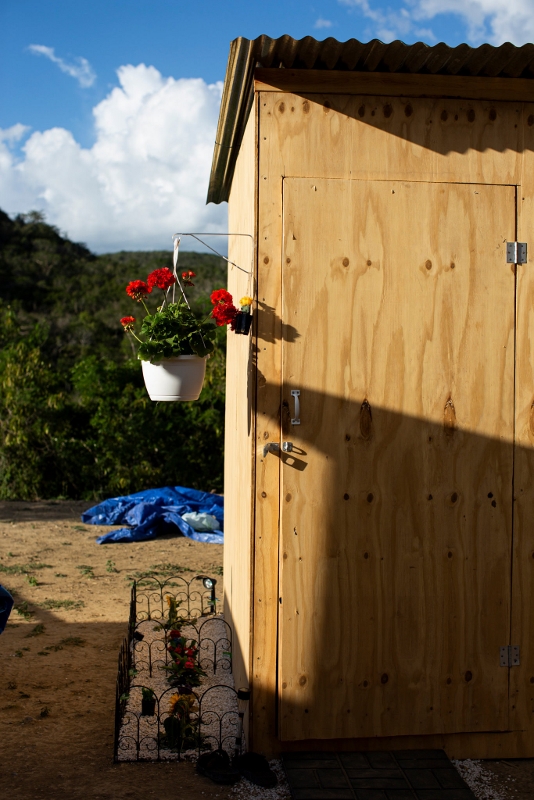
Erika P. Rodriguez for The New York Times
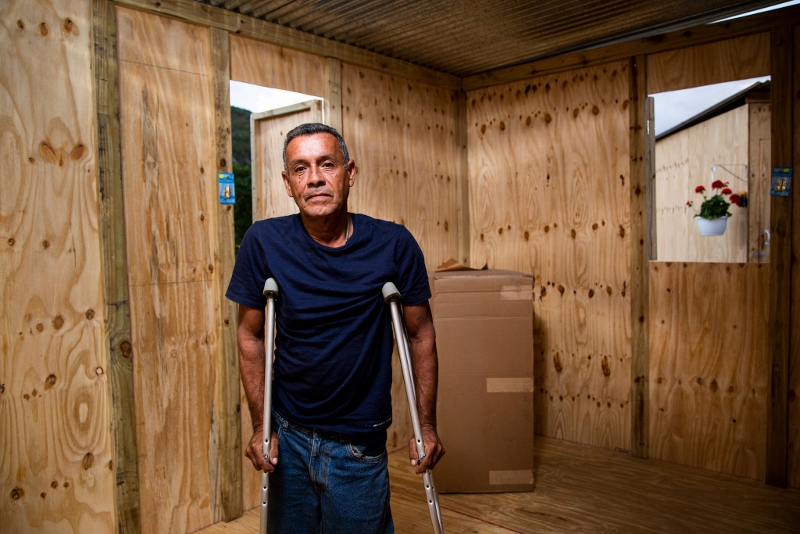
Erika P. Rodriguez for The New York Times
“You see the green armband, you know their house is OK, but there is an emotional fear they have,” he said. “At this point, our job is not really to judge them, but to help them through that.”
FEMA has spent more than $2 million to help Puerto Rico’s office of mental health services provide help to rattled residents, including counseling to reassure them that it is safe to go home if their house has passed inspection. Counselors are suggesting that some people may feel safer by sleeping in their living room near an escape route.
Despite the hundreds who remain in camps, most people have returned home as the tremors have diminished in frequency, Mr. Amparo said.
“If I had 800 people sleeping outside last night, I have to get that to zero,” he said in late February.
The Puerto Rico government reported that fewer than 600 people remained outdoors in 24 different official and informal shelters as of last week. But that does not count the large number of people camping out on their own properties.
FEMA records obtained by The New York Times show that as of Feb. 25, the agency still showed more than 3,000 people living in “emergent” conditions, based on information provided in applications for federal aid. This included nearly 600 who said they were staying in their vehicles and 1,603 living in tents. The bulk of the people outside their homes had been denied aid because they had insufficient damage to their homes or had insurance, the records show.
FEMA records also show that most people who received cash assistance got less than $500.
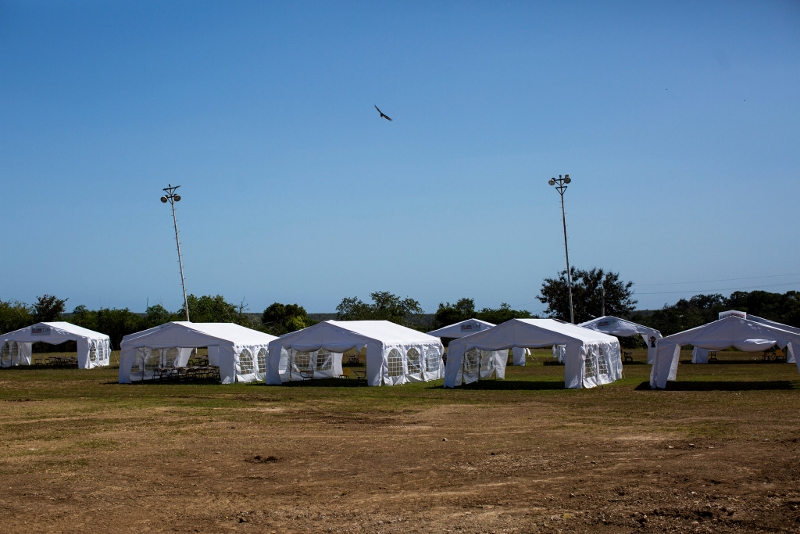
Erika P. Rodriguez for The New York Times
And although 1,000 families qualified for placement in hotels, just 157 of them have taken the government up on the offer, as people refuse to leave their neighborhoods, Mr. Amparo said.
Jenniffer Santos-Hernández, a research professor at the University of Puerto Rico who has visited the camps, said the authorities have not done enough to provide temporary housing near people’s homes. She visited one community that is building one-room shacks with metal roofs that she said look like something from a shantytown.
“There is no sense of urgency,” she said. “These are inhumane conditions.”
William Rodríguez Rodríguez, Puerto Rico’s administrator of public housing, said the government’s response plan has been adjusted along the way to deal with problems as they arose. The biggest challenge, he said, has been dealing with a disaster that, unlike a hurricane, does not seem to end.
“This directly affects people’s spirit,” he said. “We are used to an event that once it passed, it’s over and we can recover. In this case, it’s a constant effort.”
Mr. Rodríguez Rodríguez said the Puerto Rico government — which is bankrupt — is offering a combination of options to those with damaged homes, including federal housing vouchers and public housing. There is enough housing supply for everyone, he said, but people in the hard-hit south are going to have a hard time if they insist on staying in their neighborhoods.
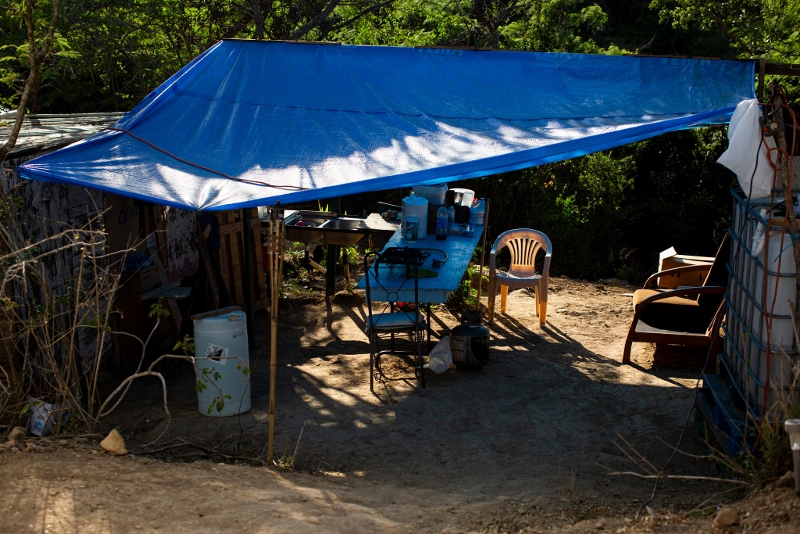
Erika P. Rodriguez for The New York Times
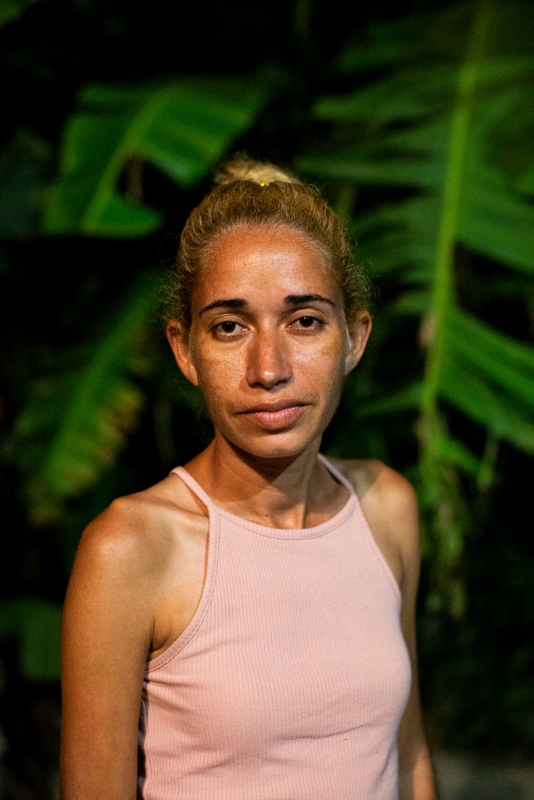
Erika P. Rodriguez for The New York Times
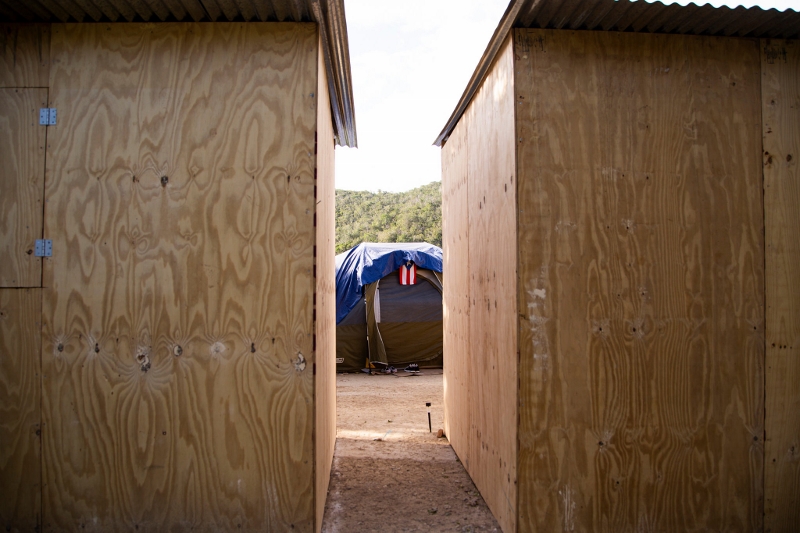
“They have to be open to moving,” he said.
Leaders of various quake camps recently held a news conference to demand more housing solutions.
“We are blind, and only the government has eyes,” the leaders said in a statement.
Rosita Leomaris Hernández, one of the leaders, said officials seem oblivious to the many obstacles people face: the waiting list for federal Section 8 housing assistance is often a year long; apartment rentals require a year lease; and some of the hotels FEMA is using are too close to the epicenter of most of the quakes. People who earn more than $1,000 a month did not qualify for most aid, she said.
“What the people are demanding is help rebuilding their homes,” she said.
In Yauco, Amelia Vélez, 38, and a few dozen members of her family who are appealing their denials from FEMA for money to repair their homes are making do with 8- by 12-foot wooden structures with metal roofs that a local pastor built for them at the edge of a cliff. She likes her new digs, but recognizes that hurricane season starts on June 1, and the structures are not suitable for storms.
“We feel safe,” she said among the hammering of nails. “But we have to have a Plan B.”
[Frances Robles is a national and foreign correspondent based in Miami. Before joining The Times in 2013, she worked at the Miami Herald, where she covered Cuba and was based in both Nicaragua and Colombia. @FrancesRobles • Facebook]

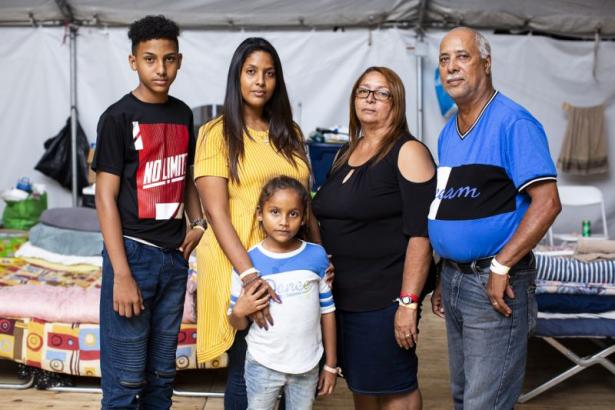
Spread the word